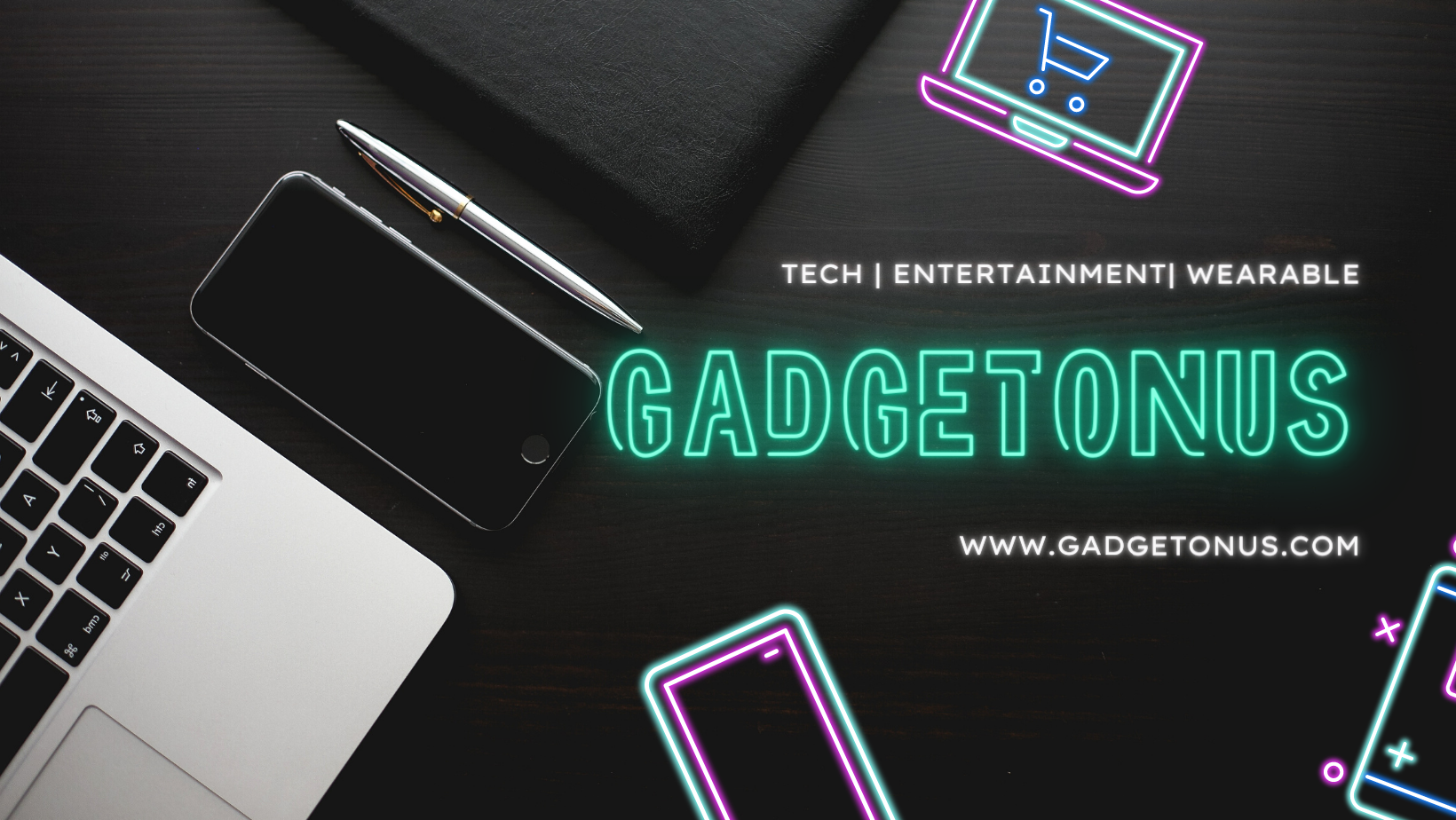The Ministry of Education and Science has prepared a draft law providing for amendments to the Civil Code of the Russian Federation (CC) on compensation for violation of the rights of trademark owners. We are talking about the need to avoid “serial” sanctions and protect a company from abuse by copyright holders if someone else’s trademark has been reused and/or is similar to the logos of several companies (including the interconnected ones) at the same time.
Kommersant learned about the initiative: according to its information, the department plans, by decision of the Constitutional Court, to introduce clarifications in the Civil Code, allowing courts to reduce the amount of repeated compensation for the same copyright infringement. Especially in the case of affiliation of companies that demand material sanctions from the violator of rights.
For example, it is not uncommon for several interconnected companies to have several similar brands. All of them are legally owned by different companies. And each is filing a lawsuit against the brand that used their trademark.
Lawyers remind that in case of copyright infringement, the rights holders themselves decide what punishment to demand: damages or material compensation. But in any case, the infringer’s company faces a whole chain of similar collection requests for essentially the same case.
This is precisely what the Ministry of Education and Science proposes to combat by giving the courts the right to reduce the amount of compensation to twice the cost of counterfeit products, when the rights to several objects of exclusive rights were violated by a single action. . .
The Constitutional Court clarified that the very fact of having several claims is not an abuse, but can be considered as such if the court discovers the interdependence of the rights holders and, consequently, their dishonesty and intention (i.e. an attempt to abuse of the current circumstances “in order to use the rights exclusively as a method of enrichment”).
In this case, a complete denial of compensation is even provided for if the accused businessman has already paid twice the cost of counterfeit goods in response to a claim by a copyright holder related to a “confusingly similar” trademark.
Market experts agree that the proposed measure is justified and logical: liability should be related to the fact of the infringement and the degree of its severity, and not to the number of legal entities that legally use the brand.
Author:
Ekaterina Alipova
Source: RB
I am a professional journalist and content creator with extensive experience writing for news websites. I currently work as an author at Gadget Onus, where I specialize in covering hot news topics. My written pieces have been published on some of the biggest media outlets around the world, including The Guardian and BBC News.










